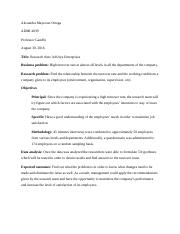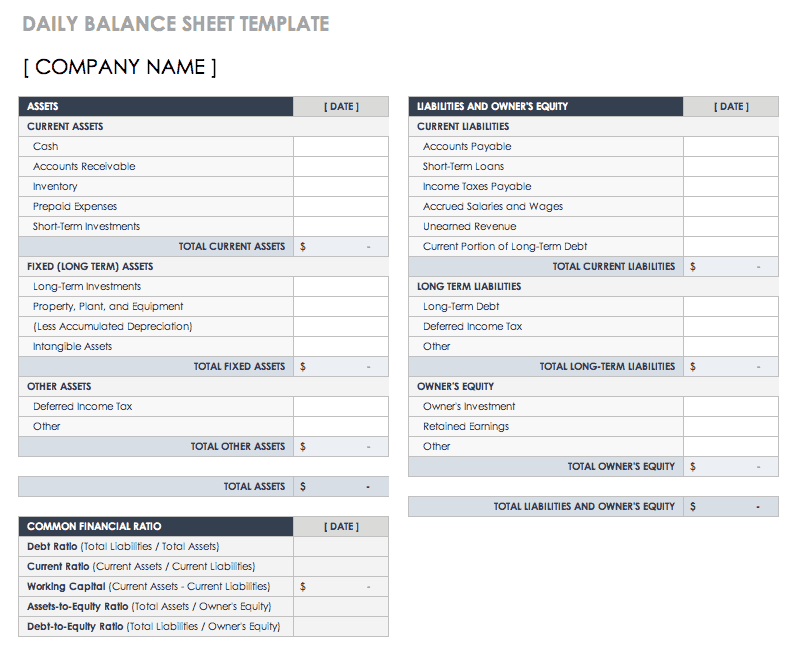
There, 50 pairs of skis could be produced per month at a cost of 100 snowboards, or an opportunity cost of 2 snowboards per pair of skis. We have seen the law of increasing opportunity cost at work traveling from point A toward point D on the production possibilities curve in Figure 2.5 “The Combined Production Possibilities Curve for Alpine Sports”. As we combine the production possibilities curves for more and more units, the curve becomes smoother.
- An economy achieves a point on its production possibilities curve only if it allocates its factors of production on the basis of comparative advantage.
- However, using those resources for the original good was more profitable for the company.
- It is based on the principle that resources are limited and have alternative uses.
- Imagine a farmer who owns a plot of land and has to decide how to allocate the resources between growing wheat and cultivating corn.
- By considering the trade-offs involved in choosing one option over another, entities can strive to optimize their allocation of resources and achieve the most favorable outcomes.
It is essential to delve into the intricate dynamics of trade-offs and opportunity costs to optimize resource allocation and drive decision-making in production possibility. The exhibit gives the slopes of the production possibilities curves for each of the firm’s three plants. The opportunity cost of an additional snowboard at each plant equals the absolute values of these slopes. The law of increasing opportunity cost tells us that, as the economy moves along the production possibilities curve in the direction of more of one good, its opportunity cost will increase. We may conclude that, as the economy moved along this curve in the direction of greater production of security, the opportunity cost of the additional security began to increase. That is because the resources transferred from the production of other goods and services to the production of security had a greater and greater comparative advantage in producing things other than security.
Increasing opportunity cost – definition and examples
For example, if one person was really skilled at woodcarving but we were making all baseballs, that person would probably be more efficient making puzzles. This happens because the manufacturer reallocates resources to produce that product. However, using these resources for the original product was more profitable for the company. Opportunity costs Law of Increasing Opportunity Cost are representative of what could be gained by using those resources in a different way, and how that use compares with the benefits ultimately generated by the chosen option. This is sometimes called forgone production, meaning that in order to choose one strategy or method of producing a good, resources must be diverted from producing other goods.
In review: recent trends in shareholder activism in Germany – Lexology
In review: recent trends in shareholder activism in Germany.
Posted: Mon, 21 Aug 2023 15:06:13 GMT [source]
In terms of the production possibilities curve in Figure 2.7 “Spending More for Security”, the choice to produce more security and less of other goods and services means a movement from A to B. Plant 3’s comparative advantage in snowboard production makes a crucial point about the nature of comparative advantage. It need not imply that a particular plant is especially good at an activity.
Cost, Time and Effort
The manufacturing company can make well-informed decisions regarding resource allocation by considering market demand, production costs, technological advancements, and customer preferences. This comprehensive analysis empowers the company to achieve optimal resource utilization, maximizing its output. As the economy diverts more resources towards increasing the production of good A, it must reallocate resources away from producing good B. This reallocation leads to a decrease in the production of good B, indicating an opportunity cost in terms of the foregone output of good B.

Every choice we make involves sacrificing the value of the second-best alternative. This notion of opportunity cost, subjective to individual preferences and circumstances, is pivotal in shaping our decisions. If you run a small business and decide to pursue one project, you may not have the money, labor, and time for another. If that’s the case, you’re confronting the economic principle known as opportunity cost.
Real-Life Example: The Farmer’s Dilemma
We shall examine the significance of the bowed-out shape of the curve in the next section. The negative slope of the production possibilities curve reflects the scarcity of the plant’s capital and labor. Producing more snowboards requires shifting resources out of ski production and thus producing fewer skis. Producing more skis requires shifting resources out of snowboard production and thus producing fewer snowboards. By considering these strategic factors in decision-making, decision-makers can drive success and productivity in the realm of production possibility.

Increasing opportunity cost is important in business and economics because it describes the danger of a complete shift into non-production. Every business tries to use its resources to maximum capacity, i.e., efficiently. Therefore, it is critical that we make the right choices regarding what we do have. Much of the land in the United States has a comparative advantage in agricultural production and is devoted to that activity.
Law of Increasing Opportunity Cost: Examples
While even smaller than the second plant, the third was primarily designed for snowboard production but could also produce skis. By thoroughly evaluating the production possibilities and considering the opportunity costs, the company can make informed decisions that maximize its production’s overall efficiency and output. The PPC vividly illustrates the trade-offs inherent in production. As an economy allocates more resources to produce one good, it encounters diminishing returns and must sacrifice the production of the other.
Hong Kong, with its huge population and tiny endowment of land, allocates virtually none of its land to agricultural use; that option would be too costly. Meanwhile, your stepped-up hat production has glutted the hat market, forcing you to cut prices and reduce profit to $25 a hat. The opportunity cost rises further because of the price decrease, likely forcing you to change your strategy. The simple definition of opportunity cost is the expected value of the next best choice that is not taken when making a decision. It represents the benefits or opportunities sacrificed to pursue a specific action.
The result is a far greater quantity of goods and services than would be available without this specialization. In the stock example detailed above, having to pay $1,000 to acquire the stock is the trade-off. The trade-off to acquire either of the stocks in question would have been the same, but not going with the better performer had an opportunity cost. If the stock you purchased remains perfectly flat over the course of a year, it might not bother you much. For investments you plan to make in the future, there often won’t be a simple, reliably accurate formula for calculating the opportunity cost.

Suppose Alpine Sports expands to 10 plants, each with a linear production possibilities curve. Panel (a) of Figure 2.6 “Production Possibilities for the Economy” shows the combined curve for the expanded firm, constructed as we did in Figure 2.5 “The Combined Production Possibilities Curve for Alpine Sports”. This production possibilities curve includes 10 linear segments and is almost a smooth curve. As we include more and more production units, the curve will become smoother and smoother. In an actual economy, with a tremendous number of firms and workers, it is easy to see that the production possibilities curve will be smooth.
How to deal with opportunity cost in accounting?
We have seen the law of increasing opportunity cost at work traveling from point A toward point D on the production possibilities curve in Figure 2.4 “The Combined Production Possibilities Curve for Alpine Sports”. Suppose it begins at point D, producing 300 snowboards per month and no skis. The opportunity cost of the first 200 pairs of skis is just 100 snowboards at Plant 1, a movement from point D to point C, or 0.5 snowboards per pair of skis. We would say that Plant 1 has a comparative advantage in ski production. The next 100 pairs of skis would be produced at Plant 2, where snowboard production would fall by 100 snowboards per month. The opportunity cost of skis at Plant 2 is 1 snowboard per pair of skis.
- Opportunity costs are sometimes confused with trade-offs, but these two terms have different meanings in economics.
- It is the difference between the benefit gained and the benefit that could have been gained with a different course of action.
- By recognizing the relationship between opportunity cost and production possibility, individuals and economies can make well-informed choices that optimize efficiency and output.
However, allocating more resources to education would come at the expense of healthcare services, potentially impacting society in the short term. The Production Possibility Curve (PPC) serves as a visual representation of production possibilities within an economy. Given the available resources and technological capabilities, it graphically depicts the maximum output combinations of two goods or services. If the production possibility curve forms a straight line, it suggests the two initiatives—chocolate wafers production and gummy bears production—come with a constant opportunity cost.
To find this quantity, we add up the values at the vertical intercepts of each of the production possibilities curves in Figure 2.3 “Production Possibilities at Three Plants”. These intercepts tell us the maximum number of pairs of skis each plant can produce. Plant 1 can produce 200 pairs of skis per month, Plant 2 can produce 100 pairs of skis at per month, and Plant 3 can produce 50 pairs. Alpine Sports can thus produce 350 pairs of skis per month if it devotes its resources exclusively to ski production. The bowed-out curve of Figure 2.5 “The Combined Production Possibilities Curve for Alpine Sports” becomes smoother as we include more production facilities.